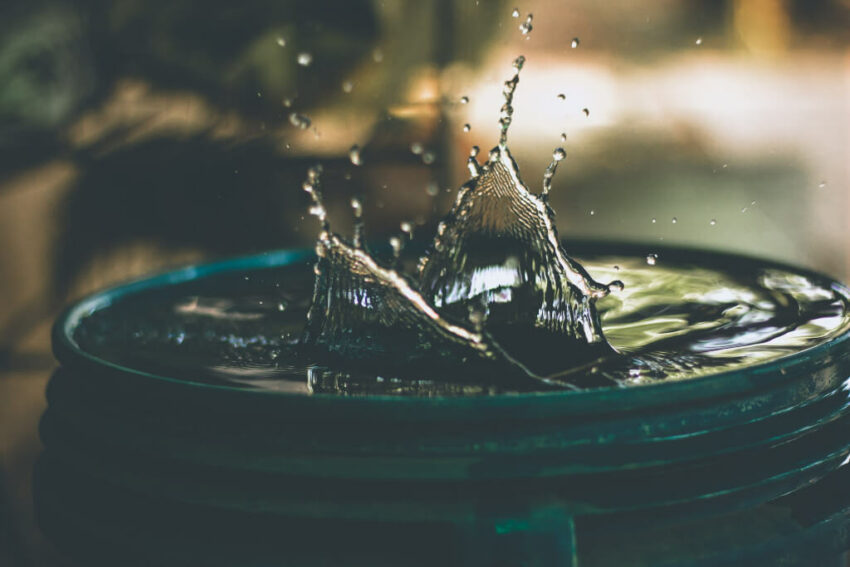South Africa’s Water Supply is in Disarray Due to Frequent Power Outages
- by Mamparra

The power outages that year in South Africa was the most severe on record. The continuous failures at Eskom’s coal-fired power stations caused the country to go without power for a staggering 205 days. Old and under-cared-for, the plants have seen better days. Since planned power outages were initially integrated in April 2008, the energy shortage in the nation has been steadily worsening.
The country’s water extraction and distribution systems have been severely damaged because of more than 10 years of frequent and serious power failures. Water systems in some areas of the country have issued warnings about potential harm to water system facilities and operations as a consequence of the current and escalating power outages.
It Will Have Profound Consequences for Our Water Supply
Water and power are inextricably linked. Electricity is needed for all stages of the water distribution pipes, including transfer from the source, treatment of sewage and water, dispersion, and delivery to customers. Johannesburg, Nelson Mandela Bay, and other major municipalities have all experienced severe water shortages.
These events, along with the increasing regularity of wastewater spillages, have offered South Africans a taste of what their future could bring if the country’s energy problem isn’t resolved. There will likely be an increase in the frequency and severity of water shortages and supply interruptions.
A Functional Description
The following components make up a standard piped water distribution system:
The Distribution Network for Water
Pumping water from, say, a treatment plant to a dispersion system’s water towers or storage tanks and on to end users requires electricity. If adequate backup pumps are not available, this operation will be halted during continuous power outages. It’s the same with water purification facilities. If standby pumps are not functioning properly and the power goes out for an extended period, sewage could overflow.
Power Outages Have Resulted in the:
- Water systems that were already in poor condition were further harmed. One such example is the municipality of Cape Town. Without additional investments, the city’s infrastructure could collapse, causing widespread destruction.
- Decreased or halted water supply because the water distribution system needs power (for instant working pumps). Distribution and delivery of water to the customers are impossible in a system that relies on pumps unless the necessary pressure is maintained at all times. The serious power failures in Johannesburg have prevented reservoirs from refilling. Some have dropped to dangerously low levels, causing water supply disruptions, weakened water pressure, and even long-lasting blackouts in some areas.
- Impacted the system’s ability to re-route the water. This is due to aging and neglected wastewater pump stations having broken, resulting in sewage overflows. Several shorelines in the Cape Town and eThekwini municipal governments have been shut due to high levels of E. coli, which has been traced to broken or malfunctioning pumps that allow untreated sewage to leak into the ocean.
- Water shortages caused by power outages have been compounded by the deterioration of the country’s water supply system over the past several decades.
- Due to ageing facilities, such as piping systems that haven’t been supplemented, water has been leaking out at an alarming rate.
- Excessive water requirements are another problem in the country, as it is an insufficient resource to meet the rising needs of industries and individual customers. When water pollution is permitted to persist, it reduces the amount of usable water, which in turn increases the quantity of water that is scarce.
- Corruption and mismanagement of financing accusations have also been persistent problems in the industry.
Perhaps Some Suggestions?
The water industry is aware of the rising frequency of water outages.
Customers are urged to do the following:
- If there is a sustained power outage, try to reduce your water usage to avoid running out. Municipalities can alleviate operational difficulties, like water towers and reservoirs running dangerously low, by reducing water consumption.
- If there is a power cut, make sure they have enough water to last (4 hours or more).
Additional measures have also been taken:
- Cities like Johannesburg have instituted water restrictions to curb residents’ usage.
- Johannesburg is making arrangements to sublet portable generators for use during extended blackouts.
The National Energy Crisis Committee, which reports to the White House, has suggested an array of solutions to the current electricity crisis, including the importation of electricity from neighbouring nations, the purchase of surplus power from private manufacturers, and the advancement of emergency measures to expedite the authorisation and advancement of power stations.
There needs to be a plan of action to fix the country’s water and electricity problems. There is no quick fix for these. To come up with a workable and understandable strategy, they’ll need political will and the expertise of knowledgeable people from different fields working together. Fixing the water and electricity emergencies will call for hard deadlines and concrete results.
The power outages that year in South Africa was the most severe on record. The continuous failures at Eskom’s coal-fired power stations caused the country to go without power for a staggering 205 days. Old and under-cared-for, the plants have seen better days. Since planned power outages were initially integrated in April 2008, the energy shortage…
Recent Mamparras
- Zwai Bala – The Musical Pioneer Who Helped Shape South Africa’s Sound
- Is This the Worst Own Goal Ever? Watch and Decide
- Mamparras Spend R7.7 Billion From 25th to the 31st of December 2024
- Why Do Liberals Think Trump Supporters Are Mamparas?
- Indepth Look at the Online Thrill to Grill Casino Game
- Artist Discovers 2000yo Roman Bust at Texas Goodwill for $34
- Nobuntu (Mamparra-nobs) Mkhize Disrupts FlySafair Flight – Gets Arrested
- Oscar Pistorius Walks Free, But Where is Reeva’s Justice?
- The Accidental Aboriginal’s Legacy
- The Origins of Oktoberfest
- Fascinating Quick Facts
